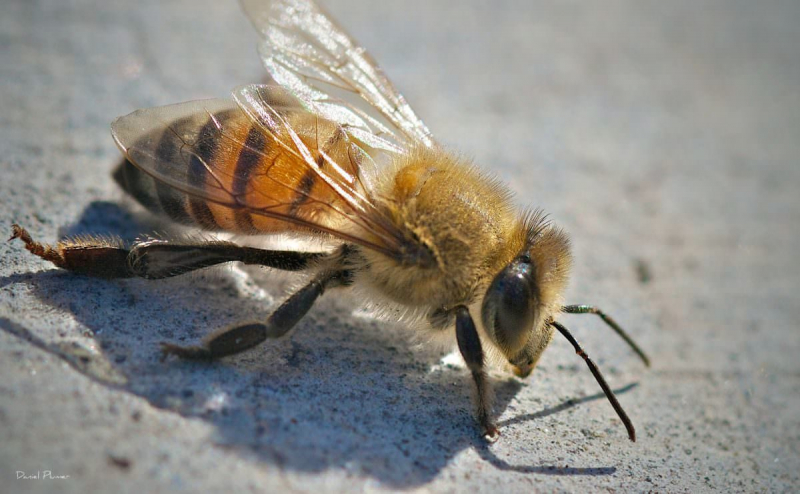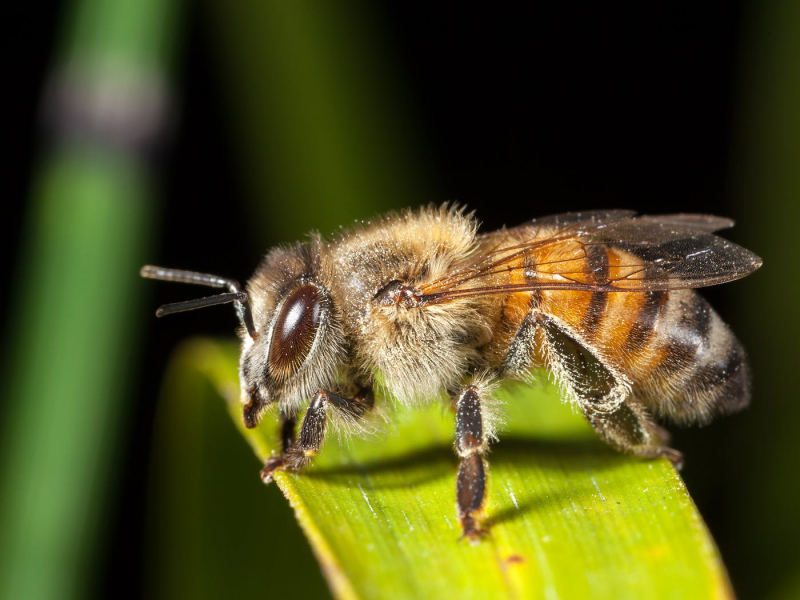Killing bees
The East African lowland honey bee was originally crossed with different European honey bee subspecies, such as the Italian honey bee and the Iberian honey bee, to create the Africanized bee, also known as the Africanized bee and commonly referred to as the "killing bee".
Although "killer bees" have no worse venom than typical bees, they are more vulnerable to attack. They thus swarm more quickly, attack in great numbers, and hunt down prey for longer. These bees, which have recently invaded California, have killed people. Their population is growing steadily.
In an effort to boost honey production, the East African lowland honey bee was originally imported to Brazil in 1956. However, 26 swarms managed to escape quarantine in 1957. The hybrid spread over South America after that and made its way to North America in 1985. In 1990, hives were discovered in south Texas in the US. Killing bees often exhibit substantially higher levels of defensiveness than other honey bee species, and they respond to perturbations more quickly than European honey bees. They can chase a person for 400 meters, and they have killed 1,000 people while stinging their victims ten times more than European honey bees do. Along with other animals, they have also killed horses.










